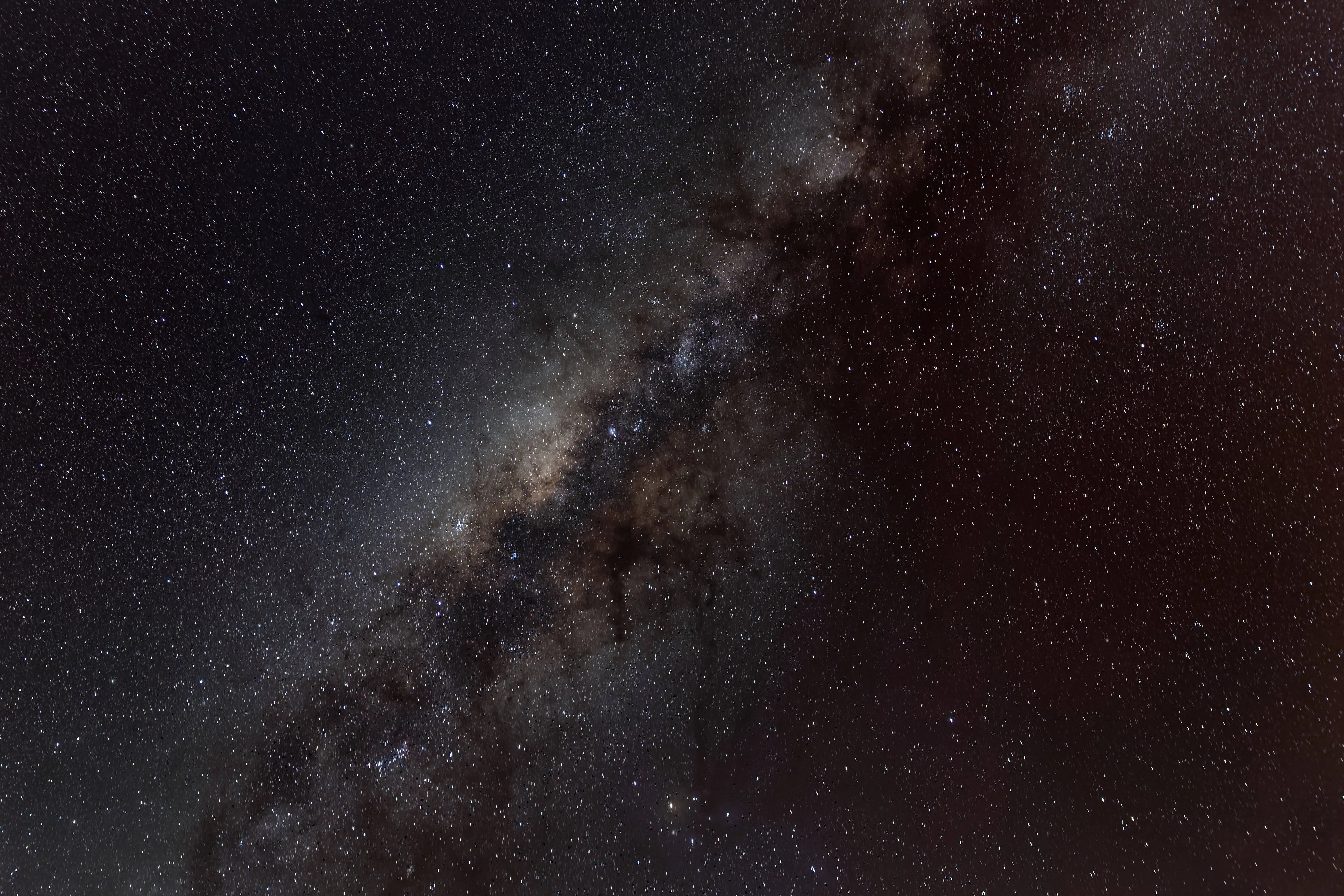Astronomers observe a distant Supernova behaving differently than expected in Stellar death
-
 The Milky Way appears over the Valle de la Luna in the Atacama Desert, considered the driest place on earth on August 26, 2022 near San Pfedro de Atacama, Chile (Image via Getty)
The Milky Way appears over the Valle de la Luna in the Atacama Desert, considered the driest place on earth on August 26, 2022 near San Pfedro de Atacama, Chile (Image via Getty)Astronomers have observed a supernova that exhibits behavior not predicted by standard models of stellar death.
The supernova, designated SN 2024bch, erupted approximately 65 million light-years from Earth and was first observed in February 2024.
According to Space.com, the event challenges assumptions about the relationship between ejected matter from dying stars and the surrounding circumstellar material.
In this case, the ejected matter appears not to interact violently with nearby gas, yet narrow spectral lines are still present. This suggests that the energy output is not driven by the expected collision of ejecta with dense gas.
Unexpected energy mechanism observed in Supernova SN 2024bch
Observations of SN 2024bch
SN 2024bch is classified as a Type II supernova, which occurs when the iron core of a massive star collapses after nuclear fusion ceases, generating shockwaves that eject the star’s outer layers.
For 140 days, scientists of the National Institute for Astrophysics (INAF) were following the exploding star by using telescopes located on Earth and the Swift spacecraft.
The researchers found that the supernova’s light had very narrow lines of emission, a characteristic that was looked upon as a sign of the interaction of the matter thrown from the star with the material around the star.
They figured out that SN 2024bch shows these lines in the absence of the interactions, thereby it is different from the other Type II supernovae that have been studied before.
Energy mechanisms in SN 2024bch
According to Space.com, the INAF team proposes that the energy emission in SN 2024bch is instead driven by a process called Bowen fluorescence.
Leonardo Tartaglia, team leader and INAF researcher, stated that this mechanism explains the observed spectral lines for the first time in this type of transient.
Bowen fluorescence occurs when ultraviolet light from the supernova excites helium atoms surrounding the star, which then transfer energy to elements such as oxygen and nitrogen.
This energy transfer generates the narrow emission lines seen in the supernova’s spectra, without requiring a collision between ejected matter and dense gas.
Implications for Type II supernova models
The behavior of SN 2024bch suggests that not all Type II supernovae follow the same energy generation mechanisms.
As per details given by Space.com, if in a similar event Bowen fluorescence is confirmed as the main process, then a few supernovae may not be the sources of the high-energy neutrinos that had been expected.
Neutrinos are extremely light, neutral particles that move at close to the speed of light and are very significant in multimessenger astronomy, which is the use of electromagnetic observations together with neutrino or gravitational wave data.
Tartaglia said that SN 2024bch does not present any signs of interaction with the circumstellar matter; therefore, the supernova would not have the necessary conditions for the production of a considerable amount of high-energy neutrinos.
Research acceptance and future study
Space.com report says the results from SN 2024bch have been published in Astronomy & Astrophysics.
The research traces in detail the changes in the supernova’s spectrum over time and recognizes Bowen fluorescence as the main source of its emissions.
The INAF team’s observations imply that the re-assessment of some Type II supernovae, in terms of their contribution to the production of cosmic particles and emission of energy, might be necessary.
The regular observation and study of other Type II supernovae will, perhaps, reveal the extent to which this mechanism is involved in such stellar explosions.
Next research works might also look into the factors determining the dominance of Bowen fluorescence as the emission process in other supernovae.
Stay tuned for more updates.
TOPICS: SN 2024bch supernova, anti-social supernova, Bowen fluorescence supernova, distant supernova observation, stellar death observation, supernova discoveries 2025